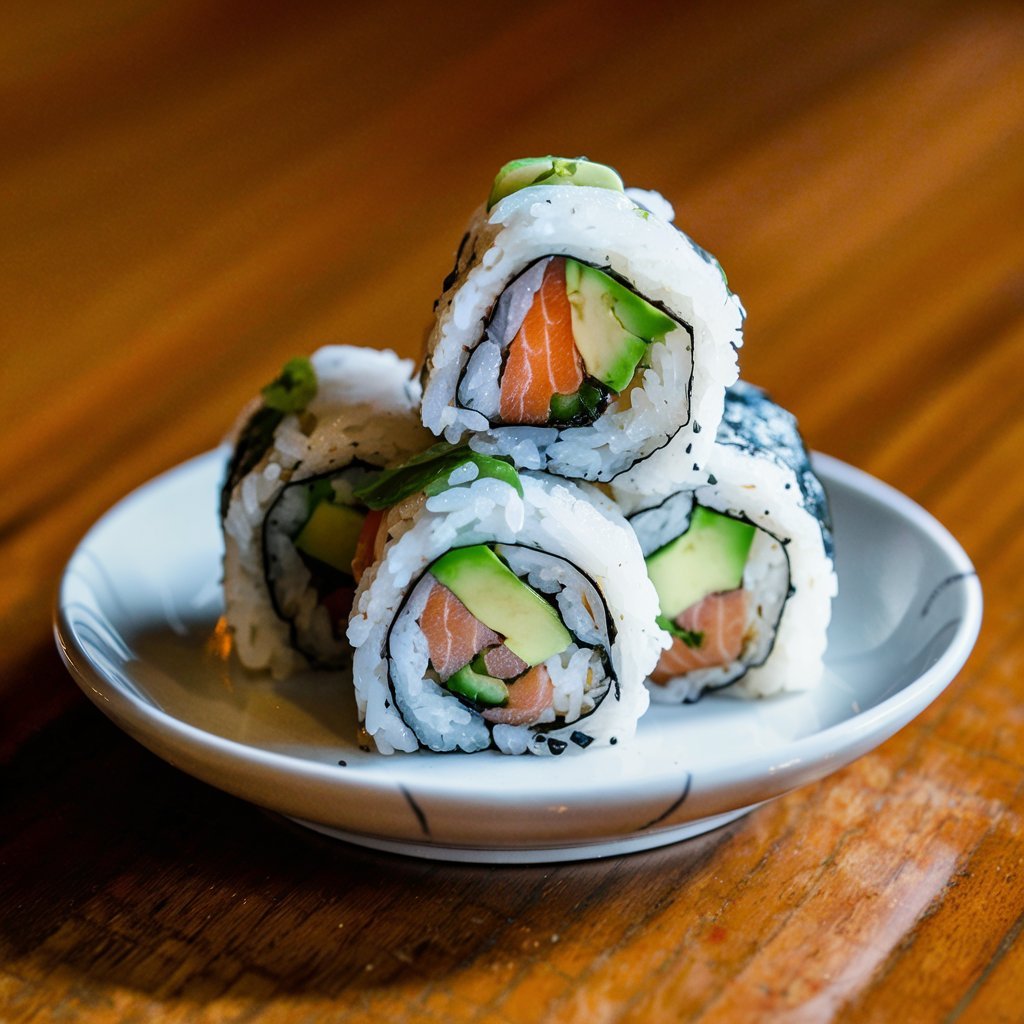Salmon is a beloved and versatile fish, not only for its rich flavor but also for its remarkable health benefits. When smoked, it transforms into a gourmet delight with a deep, smoky aroma that enhances its natural taste. In this guide, we’ll explore how to smoke salmon from scratch, along with some health benefits that make it a must-add to your diet. Plus, learn the best techniques for smoking and storing salmon for long-lasting flavor.
Health Benefits of Salmon
Nutrient-Rich Superfood: Salmon is packed with high-quality protein, essential vitamins, and minerals. It’s particularly valued for its omega-3 fatty acids, which are vital for heart health, brain function, and reducing inflammation.
Heart Health: The omega-3s in salmon help lower bad cholesterol (LDL) and reduce the risk of cardiovascular disease. Consuming it regularly supports a healthy heart and balanced blood pressure.
Boosts Brain Power: Salmon is rich in DHA, a type of omega-3 that promotes brain health and memory retention. It also contains vitamin B12, which plays a key role in preventing cognitive decline as we age.
Supports Joint Health: Salmon’s anti-inflammatory properties help relieve arthritis symptoms and improve overall joint flexibility.
Glowing Skin: The healthy fats found in salmon nourish your skin, leaving it radiant and hydrated. Omega-3s also help combat inflammation that can lead to breakouts and skin irritation.

Smoking salmon adds an extra depth of flavor to this already nutritious fish. Here’s how to do it at home:
Ingredients:
- Fresh salmon fillets
- ½ cup kosher salt
- ¼ cup brown sugar
- 1 tablespoon black pepper
- 1 tablespoon smoked paprika (optional but recommended for enhanced flavor)
- Wood chips (apple, hickory, or alder work well)
Instructions:
- Prepare the Dry Brine:
In a bowl, mix the kosher salt, brown sugar, black pepper, and smoked paprika. This mixture forms the brine, which will enhance the flavor of your salmon. - Brine the Salmon:
Coat the salmon fillets evenly with the dry brine. Place them in a shallow dish, cover, and refrigerate for 4 hours or overnight. This process helps to draw out excess moisture and infuse flavor. - Rinse and Dry:
After brining, rinse the fillets under cold water to remove any excess brine. Pat them dry with a paper towel, then let them air-dry on a wire rack for about an hour. This forms a pellicle—a sticky layer that allows the smoke to better adhere to the fish. - Prepare the Smoker:
Heat your smoker according to the manufacturer’s instructions. If using a charcoal smoker, light the coals and add wood chips. For electric or gas smokers, preheat and add the chips to a smoker box. - Smoke the Salmon:
Place the salmon fillets skin-side down in the smoker. Keep the temperature steady between 175°F and 200°F. Depending on the thickness of your fillets, smoking will take about 1-3 hours. The internal temperature should reach 145°F for optimal doneness.
Smoking Times Based on Temperature:
- Low Temperature (150°F – 160°F):
Time: 3-4 hours
Result: Soft, moist texture with a delicate flavor. - Medium Temperature (175°F – 185°F):
Time: 2-3 hours
Result: A balance between tenderness and firmness with a traditional smoked taste. - High Temperature (200°F – 225°F):
Time: 1.5-2 hours
Result: Firmer texture with a more pronounced smoky flavor.

Storing and Freezing Smoked Salmon:
Once your salmon is smoked to perfection, allow it to cool to room temperature. Keep your smoked salmon in a sealed, airtight container and refrigerate it to maintain its freshness for up to 10 days. To extend its shelf life, freeze the salmon. Follow these steps to keep it fresh:
- Cool Before Freezing:
Ensure your smoked salmon is completely cooled before freezing to avoid moisture build-up. - Wrap it Well:
Use plastic wrap or aluminum foil to tightly seal the salmon. For added protection, place it in a vacuum-sealed bag. - Airtight Storage:
Store the wrapped salmon in an airtight container or freezer bag to prevent freezer burn. - Label and Date:
Don’t forget to label the salmon with the date. Frozen smoked salmon can last for up to 3 months with minimal loss in quality.
Defrosting Smoked Salmon:
For the best results, thaw smoked salmon in the refrigerator overnight. If you’re short on time, you can submerge it in cold water for faster thawing—just make sure to change the water every 30 minutes. Avoid microwaving, as it can unevenly heat the fish and ruin its texture.
Conclusion
Smoking salmon at home is a rewarding process that enhances its flavor and health benefits. From boosting heart and brain health to giving your skin a natural glow, this nutrient-rich fish is worth adding to your weekly meals. By following these smoking and storage tips, you’ll have delicious, ready-to-eat smoked salmon at your fingertips anytime.




